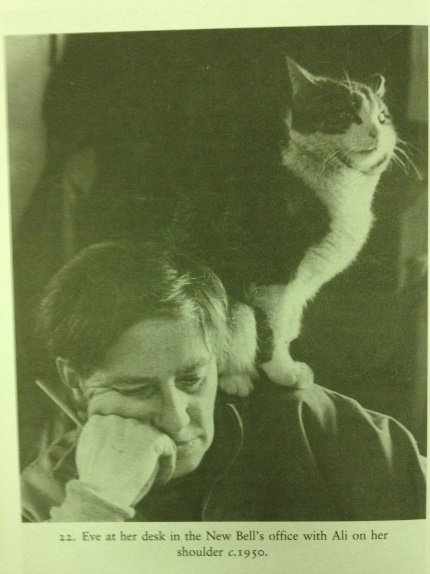The Museum of English Rural Life is very fortunate to have close links with country potter, Mary Wondrausch. Our latest blog written by students from The Abbey School, focuses on her fascinating story.
When the lovely staff at the Museum English of Rural Life told us we would be researching Mary Wondrausch as part of their Our Country Lives project, we were very excited. As a group of four aspiring historians from the Abbey School in Reading, we were eager to get to grips with the task and eagerly imagined ourselves searching through the archives for information on some mysterious figure from way back in the past. We were surprised, therefore, when we learned that Mary Wondrausch is still very much alive! [Update: Mary has since sadly passed away in December 2016]

Mary Wondrausch at work, August 2006. This photo will feature in one of the new MERL galleries.
So who is Mary Wondrausch, and why are her life and work significant and interesting? Well, first of all, she is a potter. In fact, she is not only a very successful and creative potter, but also an artist, gardener and wonderful cook. As a potter, her inspiration comes from the 17th Century and the work of Thomas Toft, and she has described herself as ‘exceptionally earthy’, as she works in slipware with red clay. In 1975, she set up her own pottery workshop in Godalming, and later moved it to Brickfields in 1984, from where she still works and sells her pottery. At one point, the house was used to host her residential pottery courses with the impressive gardens of the house opened to the public; nowadays she focuses her strength into pottery and into revising her book ‘Mary Wondrausch in Slipware’. In addition to this she has exhibited in many galleries; is a fellow of the CPA and has work in London’s Victoria and Albert museum, and in 2000 she received an OBE for services to the arts. Over the years she has also been researching and assimilating archival materials on Dorothy Hartley and writing her biography. Quite an impressive list of achievements!
The story of Mary’s personal life was equally as interesting as the details we discovered about her work. More details about Mary’s personal life and work were published in a Japanese gardening journal. Here she revealed the technique and method she used to make slipware, her signature type of pottery. From this source we were able to gain a more personal view of Mary; for example, that she grows herbs in her garden to make tea, her favourite being lemon balm and dill. Furthermore, on a more personal note, Mary goes on to talk about her early life from which we gain that when her Polish husband left her, she used skill in pottery to make a living and care for her children.
It can definitely be said that Mary Wondrausch is a fascinating woman with a strong will and plenty of determination. Her skill in pottery, incorporating traditional techniques with a modern outlook, combines with her artistic spirit and dedication to hard work and perseverance, making her one of the most interesting figures discovered in the Museum of English Rural Life.
This has definitely been an eye-opening experience, showing us the extensive work that goes into investigating and presenting historical figures and objects, and has given us a new curiosity and eagerness to take part in more historical work in the future!
By: Anna, Hadiqa, Jasleen, & Hannah
Resources
The students used the following items from the MERL archive for their research. If you want to explore this story further, the items can be consulted in our reading room by appointment.
Mary Wondrausch on slipware : a potters approach / Mary Wondrausch. MERL LIBRARY–5650-WON
Brickfields : my life at Brickfields as a potter, painter, gardener, writer and cook / by Mary Wondrausch. MERL LIBRARY–5650-WON
Rural crafts of England : a study of skilled workmanship / by K.S. Woods. MERL LIBRARY–5630-WOO
Rural Crafts Today: A film project at the Museum of English Rural Life 2006-8, film dairy by Roy Brigden




















